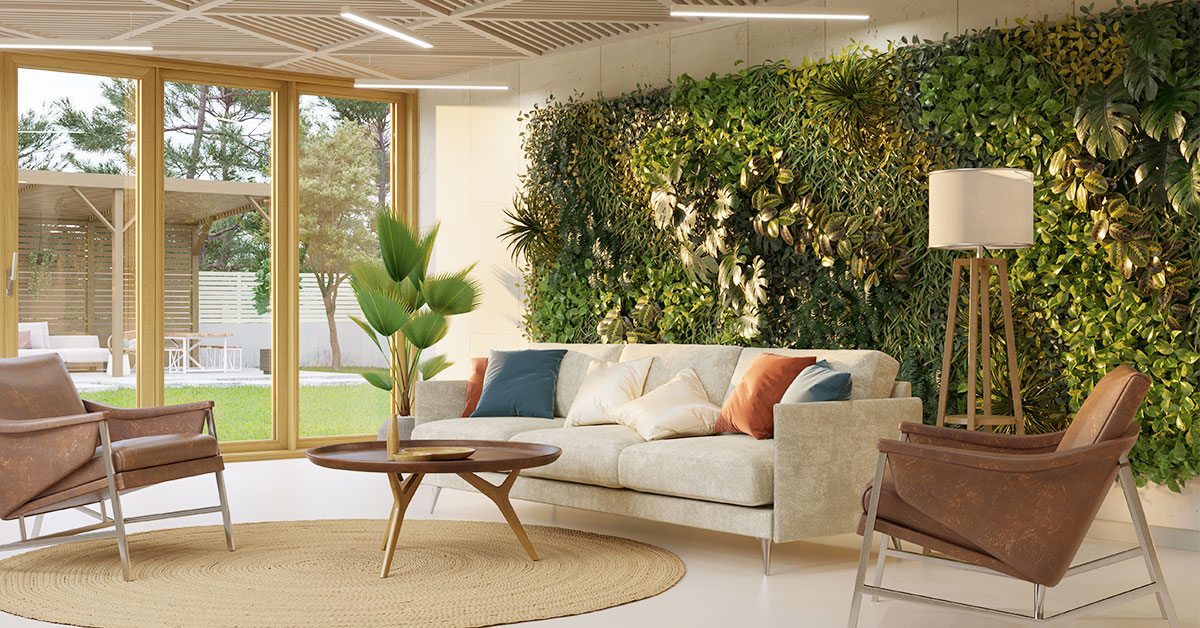
There is one part that will act as the basis for your PC whether you want to construct. It yourself or purchase a pre-built computer that you may wish to improve or enhance in the future. The motherboard is that ingredient, and it’s a crucial part of the PC architecture. Numerous other elements that you might pick depend on it. And some other decisions—like the CPU you’ll use in your new computer affect the motherboard you can choose. The price of motherboard starts from Rs. 2500 to Rs. 1,30,000.
A complementing motherboard is usually the next item you choose for your setup after choosing a CPU. Let’s divide the motherboard choosing process into a few simple phases.
A motherboard is what?
A motherboard is a circuit board that offers various interfaces for components including. The central processing unit, graphics processing unit, storage. And flash memory and acts as a form of backbone for various components’ communication. The motherboards that hold everything together in the majority of modern computers, including phones. Tablet computers, notebooks, and personal computers, are the sole ones you’ll normally buy for yourself.
From the top down, the motherboard seems to be a jumble of circuits, diodes, resistors, slots, sockets, heat sinks. And other components that work together to transport signals and energy throughout the computer and enable you to plug in all necessary components. Because of the complexity of the product, many of the technical specifics go outside the purview of this how-to. However, we’ll go over a few of these factors that are crucial for your purchasing choice below.
Gigabyte Motherboard price starts from Rs. 4000 and goes to Rs. 1,24,000
Formal aspect
You may customise your system to adapt into your surroundings because motherboards come in a variety of sizes. A full-size tower case could be appropriate if you have lots of room. But if you’re creating a home theatre PC to fit below your family room TV, you’ll probably want to use a much smaller case.
Because of this, motherboards exist in a variety of sizes, or form factors. These standards specify both the dimensions of the motherboard and the number of different components that it typically supports. There are differences for the latter, but in general, a motherboard may accept more components the bigger it is physically.
I/O interface on the board connectivity
The PCIe, DIMM, and storage connectors are just a few of the methods we’ve discussed connecting parts to a motherboard. Today’s motherboards can handle a plethora of additional connection kinds. So when choosing a motherboard, you need once again pay close attention to your demands.
A case may include ports on the back, top, sides, or front that certain connectors are suppose to connect to. And some connections are internal to the case and directly on the motherboard. Additionally, you should think about the ports that your case can accommodate. And confirm that your motherboard has the necessary internal connections. Additionally, motherboards contain connections that may be accessed from the outside through an input/output (I/O) panel on the back of the chassis.
GPU assistance
Every PC must have a mechanism to output data in a fashion that humans can understand. Simply said, it refers to the process of showing pictures on a monitor. The GPU, or graphics card, is the component in a standard PC that does this, therefore you’ll need to be certain. That your system can handle the GPU type you want for your planned usage.
AMD’s accelerated processing unit (APU), which combines a CPU and a GPU on a single device. Performance will be more if you buy AMD processor in combination with gigabyte motherboard.
Conclusion
When buying or building a new computer, there are a lot of things to take into account. The most difficult, yet crucial, decision is choosing the motherboard. It’s crucial to take your time and make sure you have the motherboards you require for your PC to function optimally. Once your motherboard and a suitable CPU are in place, you may concentrate on utilising all of the board’s slots. In the end, it’s not as terrifying as it would appear, and it’s also a tonne of fun and fulfilling to see your idea come to life.










